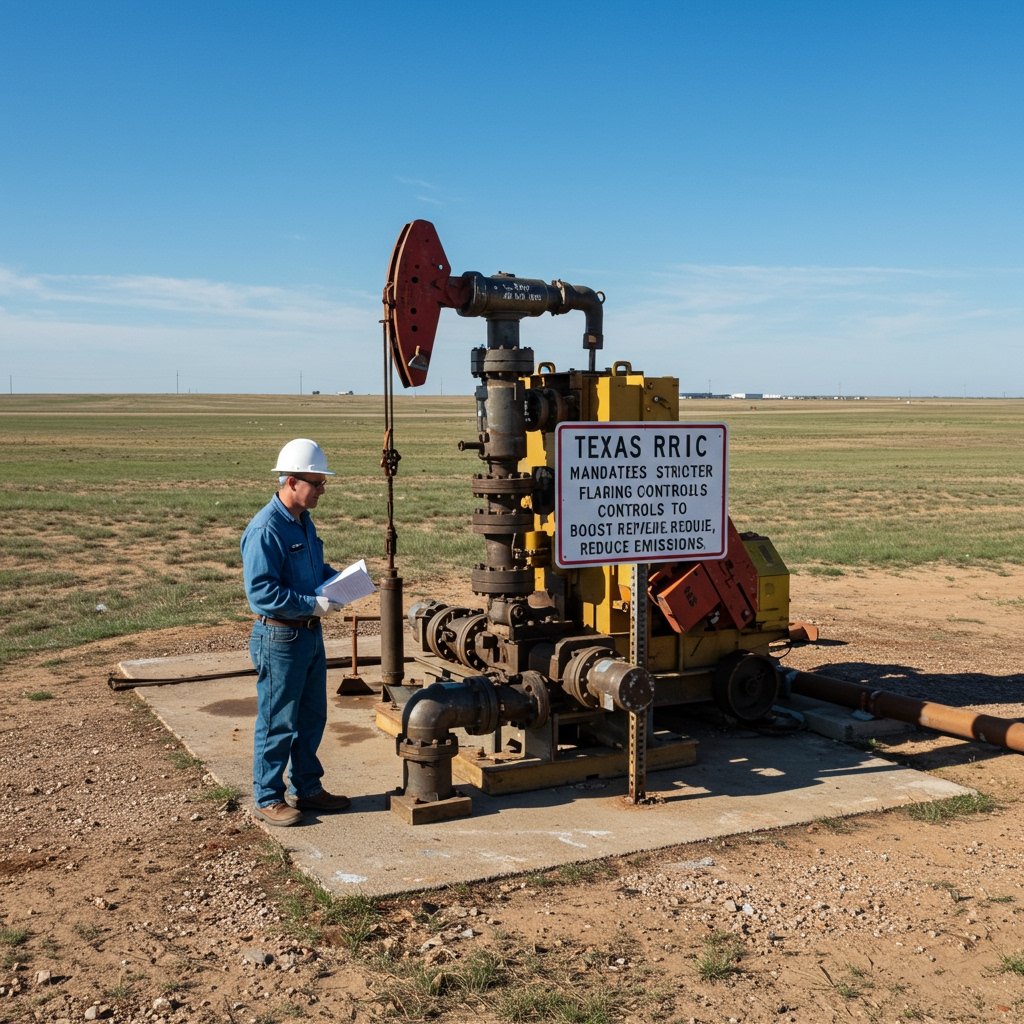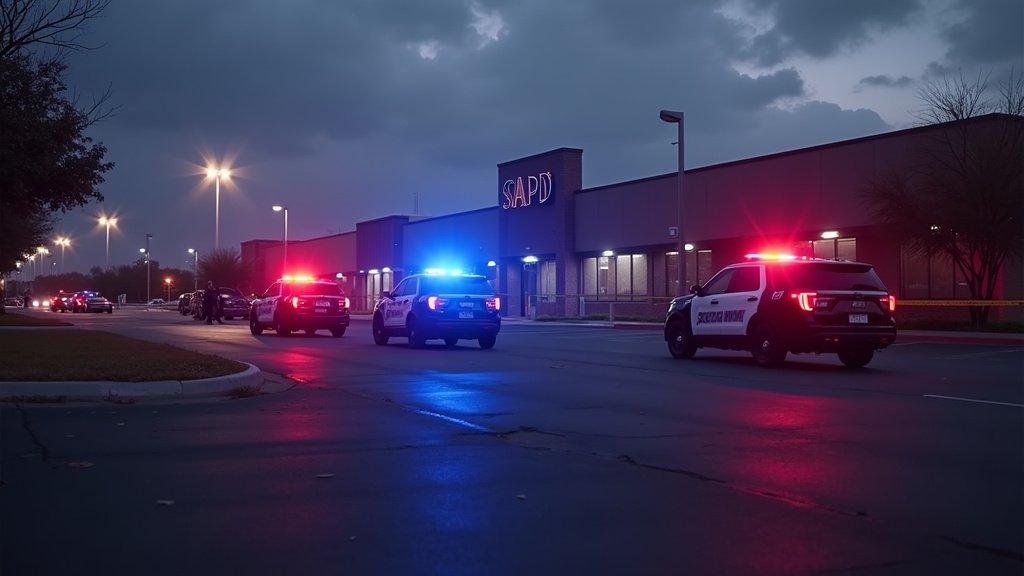Texas Regulators Target Gas Flaring with New, Comprehensive Initiatives
A significant regulatory shift is underway in Texas’s sprawling energy landscape. On April 22nd, 2025, the Texas Railroad Commission (RRC), the state’s primary oil and gas regulator, officially unveiled a suite of new initiatives specifically designed to curb the widespread practice of natural gas flaring. This announcement signals a heightened focus by the commission on reducing emissions and increasing the capture of valuable natural gas that would otherwise be burned off at the wellhead.
The new regulations represent a direct response to growing calls for greater environmental stewardship and operational efficiency within the state’s prolific production areas, including the vital Permian Basin. Commissioner Jim Anderson was a key figure in the announcement, outlining the core components of the new rules and emphasizing the commission’s commitment to responsible energy development.
Key Requirements: Mitigation Plans and Tiered Penalties
The cornerstone of the RRC’s new framework is a requirement for oil and gas operators across Texas to submit updated flaring mitigation plans within 90 days of the rule’s effective date. These plans are expected to detail specific strategies and technologies operators will employ to minimize or eliminate the need for routine flaring.
Operators will need to demonstrate a clear pathway towards capturing, processing, and transporting associated gas to market or utilizing it onsite, rather than flaring it. The RRC intends for these plans to be dynamic documents, subject to review and revision, ensuring continuous improvement in flaring performance.
Complementing the planning requirement is the proposal of a tiered penalty system for non-compliance. While specific details of the penalty structure are still being finalized, the concept suggests that operators who fail to meet flaring reduction targets or adhere to their approved mitigation plans could face escalating fines or other enforcement actions. This aims to create a strong financial incentive for operators to invest in infrastructure and operational changes necessary to reduce flaring.
Drivers Behind the Regulatory Push
The impetus for these stricter regulations stems from multiple sources. Notably, the RRC has faced increasing pressure from environmental groups and other stakeholders concerned about the atmospheric impact of flaring, which releases greenhouse gases like carbon dioxide and methane, alongside other pollutants.
Beyond environmental considerations, a major driver is the clear economic inefficiency of flaring. Burning valuable natural gas represents a lost commodity that could otherwise be sold. The RRC’s initiative is therefore also explicitly aimed at helping operators capture more gas for market. This shift from waste to resource utilization benefits not only the companies but also the state itself.
Economic Upside: Boosting State Revenue
The economic potential of reducing flaring is significant. By capturing more natural gas, operators can sell additional volumes, generating more severance tax revenue for the state of Texas. According to projections from RRC analysts, the successful implementation of these new regulations could lead to an estimated increase in state revenue by $50-$75 million annually.
This potential revenue boost underscores the RRC’s perspective that reducing flaring is not just an environmental or operational issue, but also a fiscal one. The captured gas can be directed into existing pipelines or processed for various uses, contributing positively to the state’s economy and energy supply.
Industry Reaction: Cautious Optimism and Challenges
The industry’s response to the RRC’s announcement has been nuanced. TxOGA, the Texas Oil & Gas Association, one of the state’s leading industry groups, released a statement expressing cautious optimism. TxOGA acknowledged the long-term goal of efficiency and reducing waste but also highlighted potential hurdles.
A key concern raised by TxOGA is the possibility of implementation challenges for smaller operators. These companies may have more limited access to capital and infrastructure compared to larger producers, potentially making it more difficult and costly for them to comply with the new requirements within the specified timeframe.
Despite these concerns, TxOGA acknowledged the long-term goal of efficiency that the regulations seek to promote. The industry widely recognizes that flaring is a visible sign of inefficiency, and efforts to reduce it align with broader goals of improving operations and minimizing environmental footprints where economically and technically feasible.
Implications for Texas Energy Production
The new rules are particularly relevant for regions like the Permian Basin, which has seen tremendous growth in oil production, often resulting in significant volumes of associated gas being flared due to insufficient infrastructure or operational constraints. While the regulations apply statewide, the focus on the Permian and other high-production areas is clear.
By mandating better planning and introducing penalties, the RRC is taking a proactive step to manage the byproducts of oil production more effectively. This move is expected to drive further investment in gas gathering lines, processing facilities, and other midstream infrastructure necessary to handle increased gas volumes.
The Path Forward
Operators now face a 90-day deadline to prepare and submit their updated flaring mitigation plans. The RRC’s staff will likely be heavily involved in reviewing these submissions and working with operators to ensure they meet the new standards.
The development and implementation of the tiered penalty system will also be a critical next step, providing clarity on the consequences of non-compliance. This regulatory shift marks a significant moment for Texas’s oil and gas sector, signaling a clear move towards reducing flaring, improving efficiency, and capturing the full value of the state’s natural gas resources.






